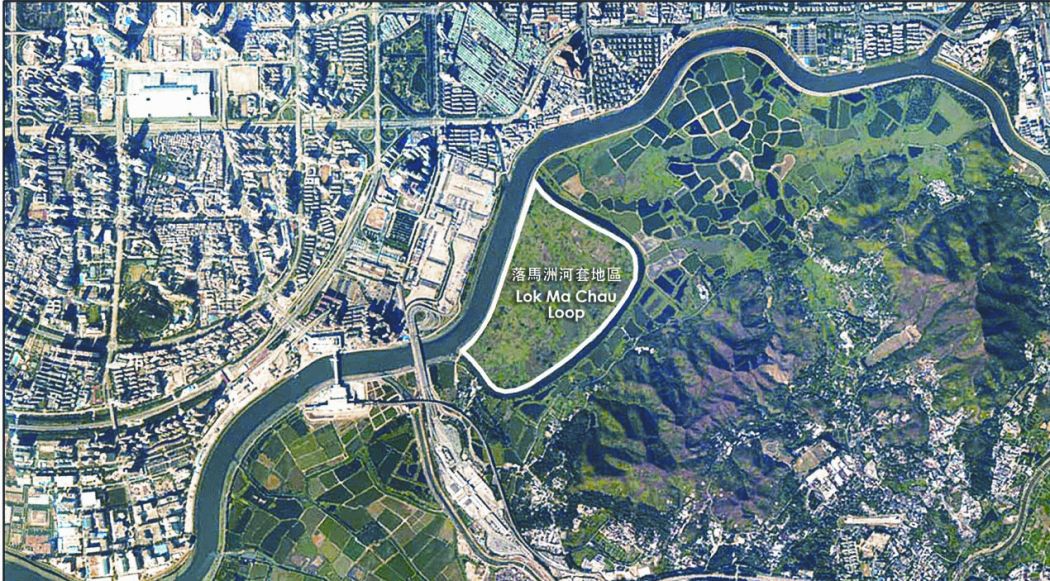The plan to develop Lok Ma Chau Loop into a technology park will mark the beginning of an ecological “disaster,” an environmental group warned on Tuesday.
The proposed new development will be four times the size of the Hong Kong Science Park and will be located within an important flight path of migratory birds. The government has launched studies and consultations since 2009, and groups have voiced ongoing opposition to development plans.
“It should never be used for high density development,” the Conservancy Association said. The studies back then proposed a 12.8 hectares ecological area, but groups were skeptical of the proposal’s effectiveness.

The government at the time proposed a new road to connect the area to the Kwu Tung North New Development Area, which environmental groups said would split the wetland eco-system into parts, violating the low-carbon principles proposed by the planners.
The road plan was eventually retracted, but the Association said the government never rejected the need for the road.

The Association also said that the decision to maintain a plot ratio of 1:37 was much higher than the average 0.4 in rural areas.
“Looking back at this planning process, there were only minor fixes with respect to conservation suggestions,” the Association said. “But with the wetland ecology of the river loop area and the Deep Bay, it will be the start of a disaster.”

The Environmental Impact Assessment for the project published in 2013 also mentioned that, for it to be developed, there would be a permanent loss of 10.96 hectares of reed marsh and a permanent loss of 9.70 hectares of pond.
Around 4,000 trees would have to be felled, though the same number of trees will be replanted after the completion of the project.
Aside from the environmental impact, five zones within the Loop were identified as being contaminated by arsenic. The volume of contaminated soil is estimated to be 57,444 cubic metres. The assessment report proposed using cement to solidify the contaminated soil.
